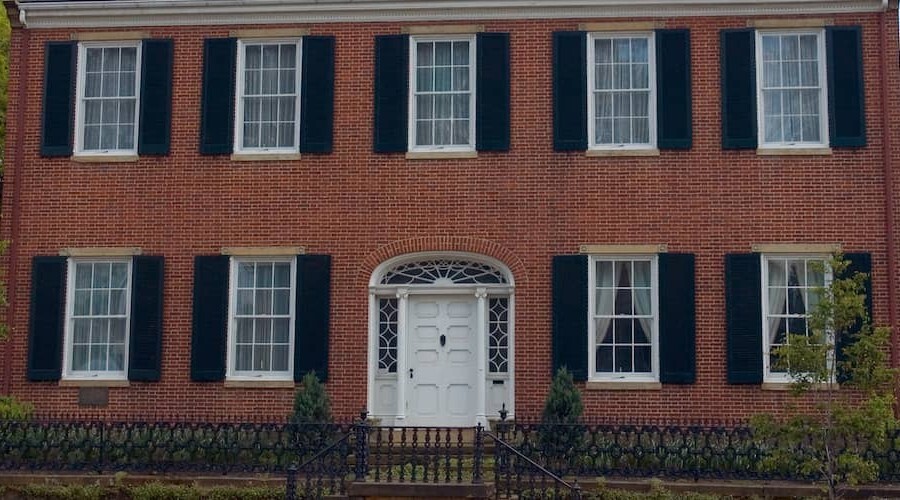There's an excellent reason why builders of Federal-era brick homes in D.C. opted for lime-based mortar. It gave walls flexibility, breathability, and even a fascinating self-healing quality, all of which are essential traits for structures that don't come with the help of modern moisture barriers. What you should know about your well-built piece of architectural history is that the wrong repair methods can, over time, do far more harm than good. Here's why it matters that you stick with lime mortar.
The Genius of Historic Lime Mortar
Lime mortar is softer and more porous than modern Portland cement. Its composition allows moisture to move through walls and evaporate quietly over time. When micro-cracks form (and they will), natural chemical reactions re-deposit minerals within those cracks so the mortar can essentially "self-heal." Portland cement, on the other hand, is rigid and traps moisture against brick faces. The result is an increased risk of spalling, which is where entire layers of brick flake away.
- How Lime Mortar Keeps Historic Brick Strong: You already know your home was built before modern moisture barriers existed and that it relies on breathable materials to stay dry. What you may not know is that the inherent flexibility of lime mortar also helps prevent structural damage. Historic foundations shift and settle; there's no way around it. Lime mortar, though, accommodates those movements. Because Portland cement has a higher modulus and resists movement, it forces the bricks to bear the stress, which can often lead to cracked bricks and totally compromised walls.
- Historic Brick and Chemistry That Restores Itself: When lime mortar cracks, rainwater dissolves calcium compounds. As the mortar dries, minerals re-crystallize within cracks. That slow, natural repair is part of what makes these amazing materials so durable over centuries.
- Why the Wrong Mortar Speeds Damage: Portland cement is hard to work with in old mortar systems. It won't flex or heal stress cracks, so moisture gets trapped, and bricks weaken. Older bricks are softer because builders designed lime mortar to wear out before bricks. Using cement reverses that balance, increasing the risk of flaking brick, rising dampness, and wall failure.
Choosing the Right Mortar for D.C. Historic Brick Home Preservation
For homes built between 1790 and 1830, lime mortar matches period materials and works hard to help preserve structural design. Lime putty should be used with clean, well-graded local sand in traditional proportions: typically one part lime to roughly three parts sand. An expert in historic preservation will test existing mortar samples, match textures, and follow historical guidelines for the best results. 
Trust a Skilled, Preservation‑Focused Contractor
Proper lime tuckpointing is a craft. Masonry experts need to analyze old mortar, adjust particle sizes, and use traditional tools. Fully understanding the chemistry and structural effects prevents mistakes. Renaissance Development specializes in historic homes in Federal-era districts like Capitol Hill and Georgetown. We use materials and methods designed to preserve both brick and history.
Ready to Preserve Your Home with Authentic Mortar?
If your Federal-era brick home needs tuckpointing, choosing the right mortar matters more than anything else. Contact Renaissance Development to schedule an assessment and ensure your home gets materials and craftsmanship worthy of its history.






